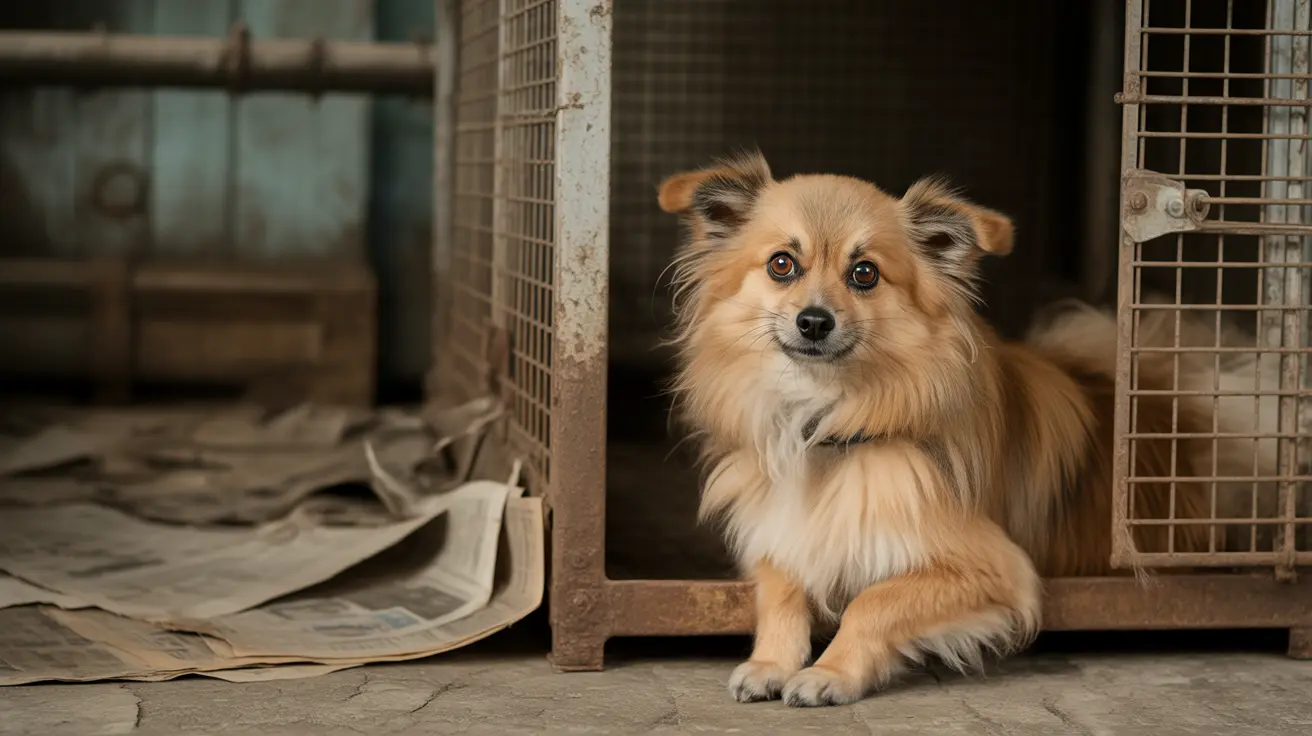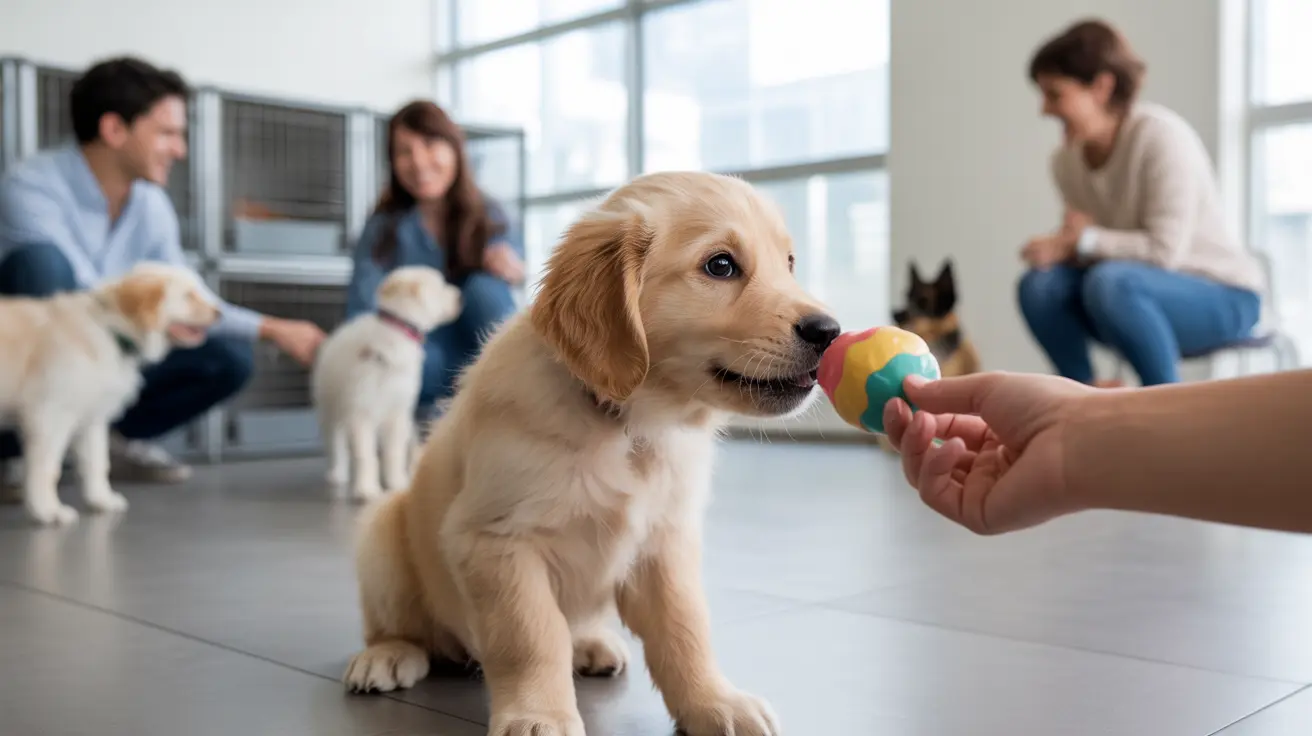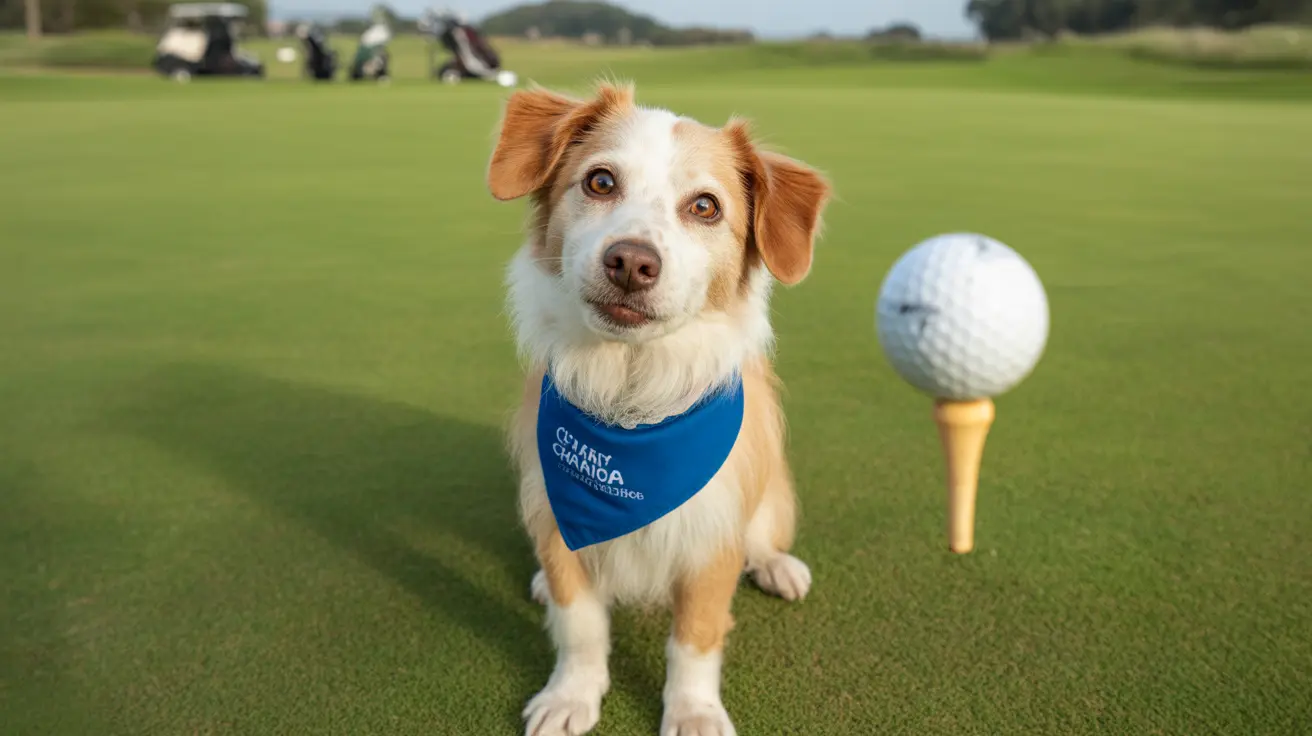Choosing the Best Dog Crate: What Really Matters
Every dog deserves a safe, comfortable space to call their own. Dog crates offer just that—a secure den where your pup can relax, sleep, and retreat from chaos. But with so many options out there, how do you pick the best one for your furry friend?
Why Use a Dog Crate?
Crates aren't just for house training (though they're great for that). They provide:
- A cozy retreat: Dogs are den animals by nature. A crate gives them a personal sanctuary.
- Safety: When you can't supervise your dog, a crate keeps them out of trouble.
- Travel ease: Many crates double as carriers or travel kennels.
- Nighttime security: A familiar sleeping spot helps dogs settle down at bedtime.
What Makes a Great Dog Crate?
The right crate depends on your dog's size, temperament, and how you'll use it. Consider these factors:
- Size: Your dog should be able to sit, stand, and lie down comfortably. Too much space can lead to accidents; too little is uncomfortable.
- Material & Durability: Chewers or anxious dogs need sturdy metal crates. Calm pups may enjoy soft-sided or wooden options.
- Intended Use: Travel requires safety-rated and portable crates. Home use might prioritize aesthetics or easy cleaning.
If you're unsure about sizing: measure your dog from nose to tail (length) and floor to top of head (height), then add 3–4 inches to each measurement.
Main Types of Dog Crates
- Plastic crates: Lightweight, often airline-approved, easy to clean—ideal for travel.
- Metal wire crates: Sturdy and chew-resistant with great airflow; usually foldable for storage or transport.
- Wooden crates: Double as furniture and look attractive but are heavier and harder to clean.
- Soft-sided/fabric crates: Best for small breeds that don't chew; they're light and portable but less durable.
The Standouts: Top-Rated Dog Crates
Certain models consistently receive high praise from both experts and pet owners. Among them:
- The Diggs Revol Collapsible Dog Crate: Durable rust-resistant steel mesh construction with rounded corners; three access points (front, side, ceiling); folds easily without tools; comes in multiple sizes; ergonomic handle and wheels make it portable; adjustable divider grows with puppies; removable tray simplifies cleaning; pinch-proof latches ensure safety. Owners love its sturdiness, ease of transport, and responsive customer service for parts or sizing questions. Accessories like orthopedic pads and attachable food bowls add comfort and convenience.
- The Impact High Anxiety Crate: Designed specifically for escape artists or anxious dogs who need extra security.
- The Gunner G1 Kennel: Known for safety ratings—especially useful in vehicles or truck beds during travel.
- The Impact Collapsible Crate & Enventur Inflatable Crate: Both offer lightweight storage solutions when portability is key.
- Bestselling wire models (FDW, Amazon Basics, MidWest Homes for Pets): Affordable folding wire crates with double doors and leak-proof trays—great for training or everyday use. Many include divider panels so the crate grows with your puppy.
Puppies vs. Adult Dogs: What to Look For
Puppies benefit from expandable crates with adjustable dividers—they accommodate growth spurts without needing constant upgrades. Washable pads are a must (accidents happen!). For adult dogs prone to chewing or escaping, heavy-duty metal designs with secure latches work best.
User Experience & Practical Tips
- Add a washable pad or bed inside for comfort—just make sure it's easy to clean if accidents occur.
- If you're crate training: always introduce the crate positively with treats and praise so it feels safe—not like punishment.
- If you travel often: choose a model that's lightweight yet sturdy enough for transport. Look for tie-down points if using in vehicles.
- If you have questions about fit or repairs: many brands offer helpful customer support—don't hesitate to ask!
The Bottom Line: What's Best For Your Dog?
No single crate is perfect for every situation. The Diggs Revol stands out thanks to its thoughtful design features—portability, safety, comfort—but other models shine in specific scenarios (like high-anxiety dogs or frequent travelers). Assess your dog's needs honestly: their size, habits (chewing? escaping?), age (puppy vs adult), and how you'll use the crate day-to-day. With careful selection—and positive training—a good crate becomes more than just a box: it's your dog's own happy place at home or on the go.





